Debate over motorcycle licence reform continues as Labour and Conservative MPs discuss changes
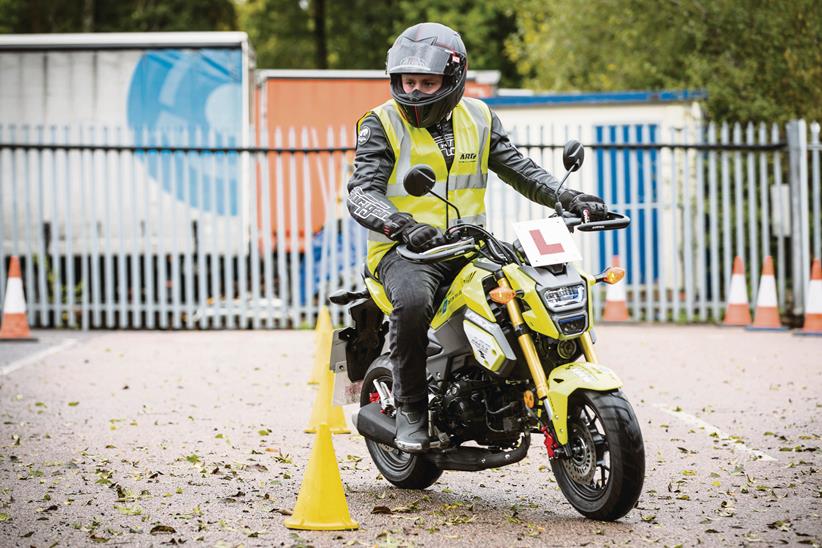
The UK’s complex motorcycle licensing structure has once again come under scrutiny, with politicians from both the Labour and Conservative parties suggesting a need for change at the recent Motorcycle Industry Association (MCIA) Industry Conference.
Taking place at London’s Euston Square on February 18, the event welcomed high-ranking members of the UK bike industry, plus representatives from global manufacturing giants such as Honda and Triumph, as well as MPs speaking on multiple topics.
Amongst the pillars of discussion was motorcycle licence reform – a topic broached just weeks earlier at a meeting between Parliamentary Under-Secretary of State for Transport, Lilian Greenwood MP and members of the Motorcycle Strategy Group in London.
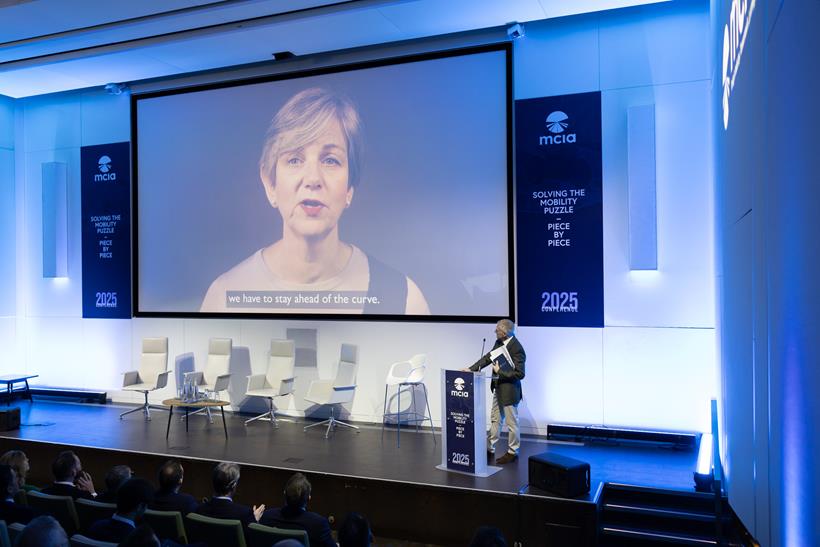
“I was pleased to attend the first meeting of the reconvened motorcycle strategic focus group, which considers motorcycling in the wider context,” the Labour Minister told the MCIA conference, via pre-recorded video.
“At that meeting I confirmed that our government is considering plans to review the existing requirements for motorcycle training, testing, and licensing – taking into account long-standing DFT and DVSA plans, and recent proposals put forward by this sector.”
The current UK motorcycle licensing structure arrived in January 2013 and was brought in to align with EU directives. Each of the three main entitlements require a CBT, theory, and two-part practical test and start with an A1 at 17, before progressing to an A2 certificate at 19.
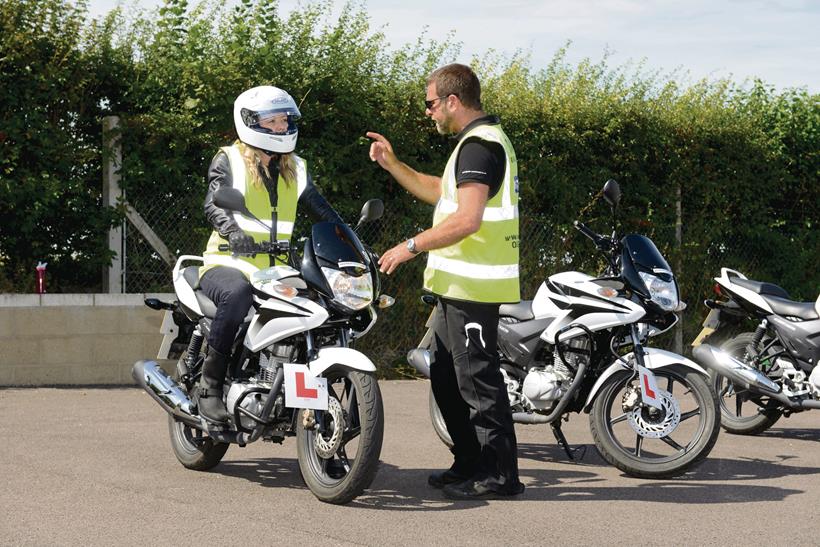
Providing you’ve had this A2 entitlement for two years; you can take a full A licence at 21 or wait until you’re 24 for the Direct Access route. There is also an AM licence available at 16 to ride a moped capable of 28mph without L plates, however few choose to do this.
“A full-scale regulatory licencing review of the entire L category sector is essential if manufacturers are to service the needs of tomorrow’s users,” Shadow Secretary of State for Transport, Gareth Bacon MP (Con) echoed.
L-Category vehicles referred to above cover traditional motorcycles and scooters, plus sidecar outfits, three-wheeled mopeds, trikes, and quadricycles such as the Citroën Ami (below) and Micro Microlino city cars.
- Related: Yamaha Tricity 300 scooter review
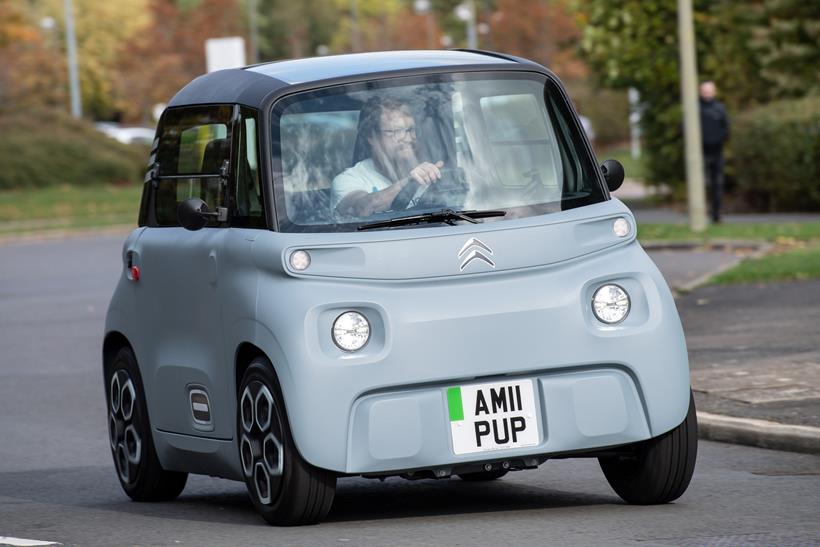
It’s now being argued that greater access to all of these sectors could help solve various Government transport issues, such as pollution and congestion – and could form part of any eventual licence structure reform.
“It is still early days for the new Government, but so far, their handling of phase out policies has created concerns, leaving manufacturers unable to plan for the future. This uncertainty undermines progress,” Bacon continued.
Data shared by the MCIA revealed that 216,996 people passed a motorcycle test between 2019 and 2024 – with 91.7% of them being male.
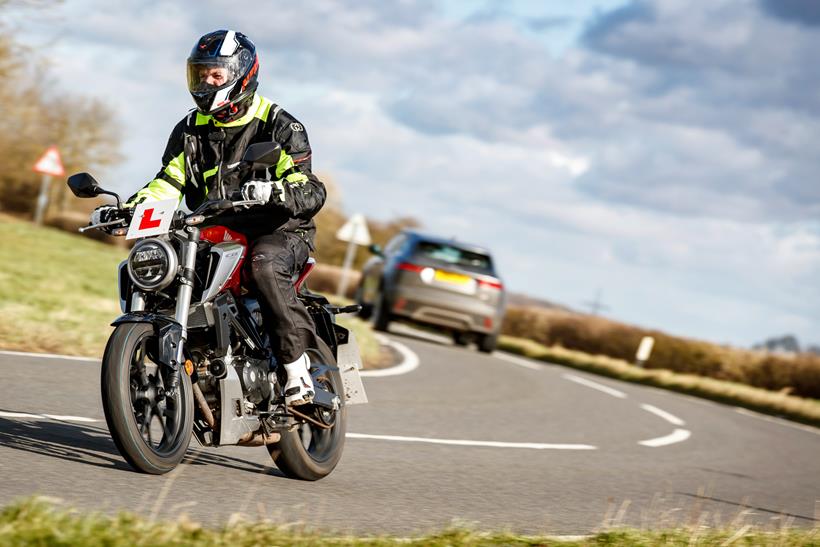
Despite this, further data still suggested the number of motorcycle licence entitlements could drop to 2.9million by 2034 – down from 3.6million in 2006 – with the average age of riders still increasing upwards to 60 years.
“Nostalgia has absolutely no place anymore in Government policy, and that’s why we’ve stopped talking about yesterday and stopped defining ourselves purely as motorcycles,” Director of Policy and Public Affairs at the MCIA, Alfie Brierley added.
“We’re about the solutions that meet the future transport needs of future users, not hurdles for sake of wanting to maintain the status quo.”
Exactly what, or if indeed anything will change to the UK licensing structure remains to be seen, with any eventual changes likely to also consider road safety and future decarbonisation targets.







